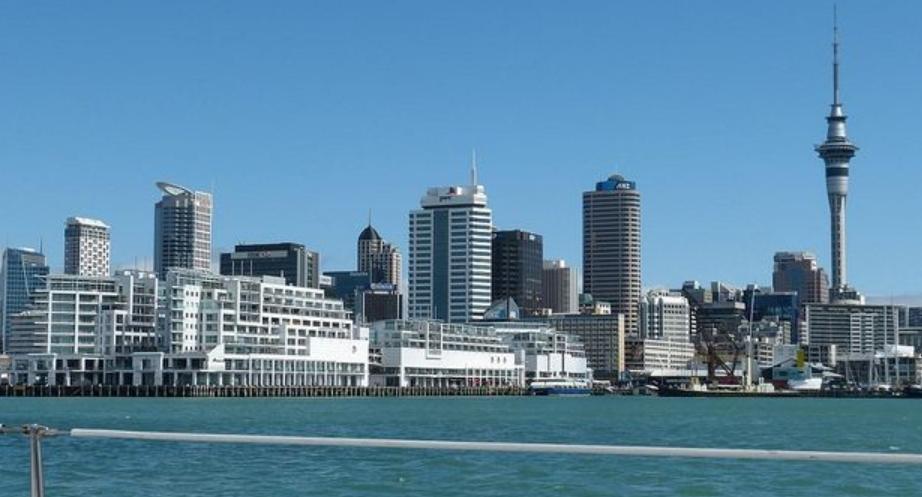Over the past 60 years, sea levels in New Zealand have risen twice as fast as they did in the first half of the last century, and the main reason for this is climate change. Such conclusions follow from the materials posted on the Stats NZ portal, the official statistical government agency of New Zealand. The coastal sea level rise indicator, updated in September, shows that between 1961 and 2020 the rate of sea level rise doubled from the 1901-1960 average in three of the four observed locations – Wellington, Lyttelton and Dunedin.
The capital, Wellington, has seen its biggest increase in the last 60 years at 2.84 mm per year, while Lyttelton, near Christchurch, has seen its highest overall trend in the last 120 years at 2.24 mm per year.
Interestingly, the calculation also took into account local changes in the vertical movement of the earth, which can be caused by geological processes or human activities that cause soil subsidence.
Climate change has been cited as one of the main causes of sea level rise. As greenhouse gas emissions warm the Earth’s atmosphere, heat is absorbed by the ocean, sea water increases the volume of the sea as it warms, which, together with the melting of glaciers and ice sheets, contributes to sea level rise.
Climate change projections indicate that sea levels will continue to rise and will affect coastal communities, infrastructure, coastal habitats and biodiversity.
New Zealand’s coastline is extensive and many homes are built close to the shore – one in seven people, or 675,000 people, live in areas prone to flooding, and more than 72,000 people live in areas where extreme sea level rise is predicted.
The New Zealand government expects that by the middle of this century, at least 10,000 homes in the country’s largest cities will enter the so-called “managed retreat” zone, that is, their residents will be forced to move to more inland and higher sites. The government has pledged to pass “managed retreat” legislation by the end of 2023, and last month unveiled the country’s first national plan to prepare for natural disasters driven by climate change, including rising sea levels.

